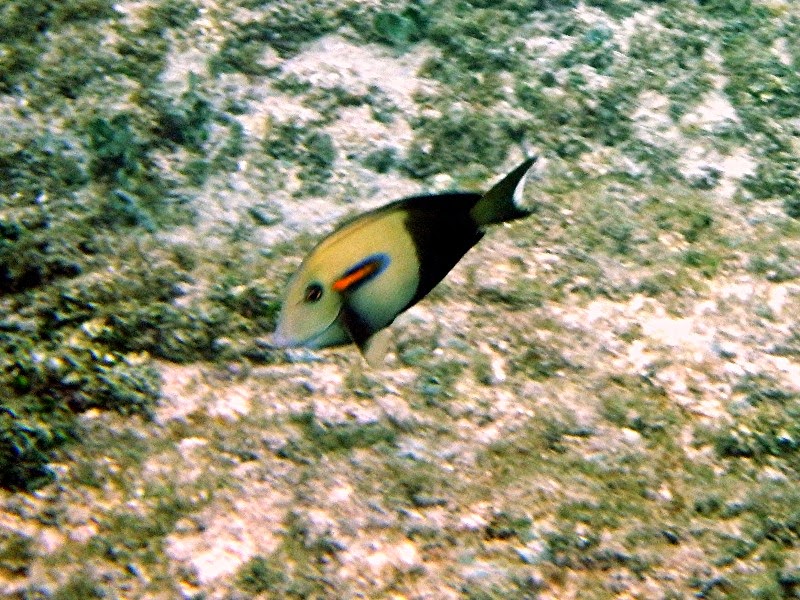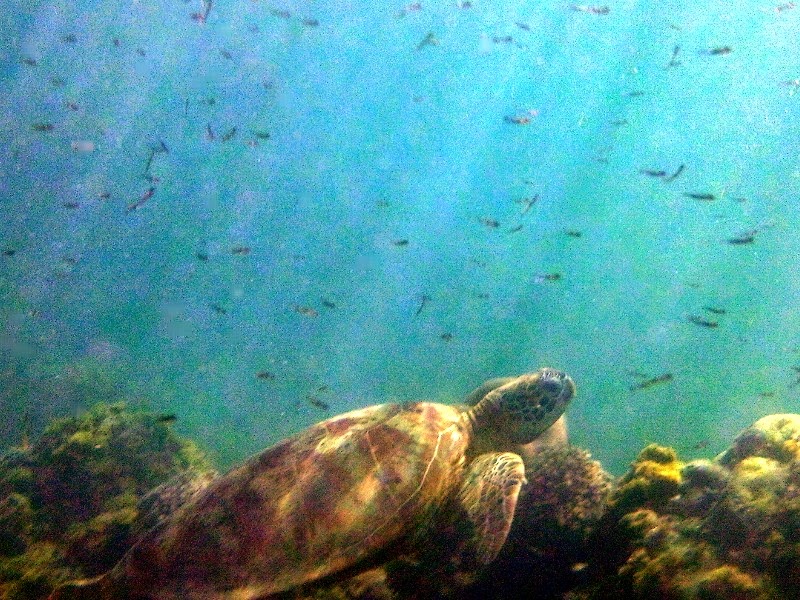Quite an attractive bird but very noisy and sometime vicious to other birds and sometime to its own species. I've frequently seen it fly through a group of smaller birds shrieking and scaring them off. Once I saw it attack a Sparrow which lay on the ground stunned for sometime.
Today at the Fiesta Grounds bandstand at we had a 'Sihek Saga' that I was able to get some photograph of.
The young Sihek shown above came to perch on the railing of the dance floor portion of the bandstand. It was almost like a planned photo shoot with it giving me different poses.
"How's this?"

Or "this?"

How's my side view?
It
apparently caught sight of some ‘food’ over under one of the roofs as it went
over there for a bit and seemed to have caught its breakfast.
Then the Sihek came back and the sparrow Flew off.
As I was snapping another shot of the young Sihek, another one came shrieking in across the bandstand and attacked it. An adult came along even louder and more vicious and chased the attacker away - very far away.
Kingfishers only watch over and protect their young fledglings for a few days before mating again and ignoring them. So this young one must have fledged very recently.
At first I thought the little one may actually have been seriously injured. The next picture was unclear as the bird was fluttering a lot but seemed to have blood or an injury on its beak.
But it soon composed itself,
And cocked its head at me, as if to say, "Let's have another go at those pictures."
So I snapped some more.
Then it flew off to an
overhead wire on the other side of the bandstand,
where an adult watched it from a distance on the same wire, until they both flew off out of sight.
Such a morning for a novice flyer.



















































